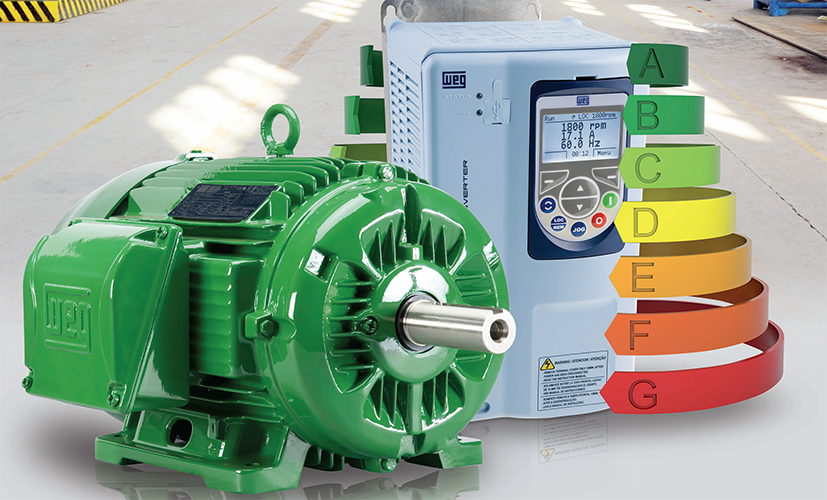
Going greener
What’s inside a KitKat? You might be surprised to learn, it’s filled with other bits of broken KitKat. Confectionary manufacturer, Nestlé achieved zero waste status for the chocolate bar over a decade ago, but efforts to improve sustainability in food processing go further than reusing broken biscuits.
Food manufacturers have long strived for greater sustainability in production, largely focusing on efforts to reduce waste. Like Nestlé, manufacturers often take novel approaches to recycling ingredients that would otherwise be wasted. Marmite, for instance, is another prime example of this.
However, reusing ingredients is not the only, nor is it the most effective, method of improving sustainability in food manufacturing. Like many other processing sectors, food production requires colossal volumes of power. From keeping ingredients refrigerated, through to the heating, steaming and cooking processes conducted at an industrial scale, energy consumption in food processing can be enormous.
Efforts to reduce consumption in food plants have obvious advantages, including a reduction in energy cost, ultimately leading to higher profit. However, there are also legal requirements for improving energy efficiency in industrial settings — and rules related to electric motor efficiency are some of the most prominent.
Motors for food processing applications
Electric motors are the single biggest consumer of electricity in the world. According to analysis by the International Energy Agency, electric motors account for around two thirds of total industrial power consumption and 45 per cent of the world’s total power consumption. It’s no surprise then, that improving efficiency of this equipment can reap significant productivity gains. Even more impressive than saving a few biscuits.
At WEG, our experience is that plant managers in food processing do not always prioritize energy efficiency when specifying a motor. Saving energy and saving costs should be a major part of a plant managers decision making process and with new legislation, it will be. As the world puts a greater onus on improving energy use in industry, new legislation means that energy efficient equipment is becoming a regulatory and legal requirement — and motors for food processing are no exception.
Changes to motor legislation
WEG has built its ethos on ensuring its equipment is as environmentally friendly as possible. As a result, WEG has always adhered to the relevant
nergy legislation across all continents and in advance of the required dates.
The current regulation on eco-design for electric motors, of which WEG’s motors meet, applies to single speed three-phase 50Hz or 50/60Hz induction motors, with two, four and six pole speeds and outputs between 0.75kW-375kW and rated voltage up to 1000V.
However, from July 1, 2021, these rules tightened with the introduction of European regulation 2019/1781, a new regulation specific to energy efficiency of electric motors, and variable speed drives (VSDs).
The new regulations replaced the regulation EC 640/2009 and have the potential to reap huge improvements in energy consumption for motor use. At the center of the regulation is the EU  MEPS (European Minimum Energy Performance Standard). This indicates how energy efficient a motor is, with ratings from IE1 through to IE4, with IE1 being the least efficient, and future ratings of IE5 and IE6 already being discussed.
MEPS (European Minimum Energy Performance Standard). This indicates how energy efficient a motor is, with ratings from IE1 through to IE4, with IE1 being the least efficient, and future ratings of IE5 and IE6 already being discussed.
VSD and hazardous area motors
Unlike previous iterations of these regulations, the new legislation includes requirements for VSDs. For industry, this means that VSDs will also have to comply with certain efficiency standards set by the legislation. It’s important to note, that the efficiency ratings for VSDs will be different for those set for electric motors.
For food processors that use VSDs to manage the speed of equipment such as filling equipment and conveyors, awareness of this change is essential.
Similarly, ATEX hazardous area motors are also included in this regulation for the first time. These motors, designed specifically for use in potentially explosive atmospheres, such as flour mills, are now required to adhere to the same energy efficiency standards as safe area electric motors.
The regulation is valid for new motors and VSDs placed on the market from July 1, 2021. Replacement motors, as substitutes for identical motors integrated in products placed on the market until July 1, 2022 — and are specifically marketed for this purpose — do not have to meet the requirements of the new regulation now and will have an extended time to keep being installed.
Under the new regulation, smaller induction motors between 120W-750W and larger motors between 375kW-1000kW will also be included. Three phase eight pole motors, single-phase motors and Ex eb motors will also fall under these requirements for the first time.
For food processors, the new eco-design rules will impact those responsible for sourcing motors for use in their facilities. Reassuringly, the changes do not impact the motors delivered by WEG. At WEG, we have been adhering to these standards long before the legislation was created, for full details of the requirements go to www.weg-ecodesign.com.
Sustainability is a core objective for the food processing industry and while forming a circular economy for wasted ingredients — such as reusing broken KitKats — is beneficial, tackling the biggest culprits of energy consumption should be key.
WEG
Marek Lukaszczyk is European and Middle East marketing manager at WEG. Founded in 1961, WEG is a global manufacturer of electrical and mechanical equipment for industrial sectors across all continents. With manufacturing units in 12 countries and present in more than 135 countries, the company has more than 33,000 employees worldwide with net revenue of over R$17.47 billion in 2020.
Offering energy efficient solutions across all sectors including water, steel, pulp and paper, oil and gas, mining, among many others, WEG is constantly developing solutions to meet the major trends in energy efficiency, renewable energy, sustainability and electric mobility.
For further information, please visit: www.weg.net